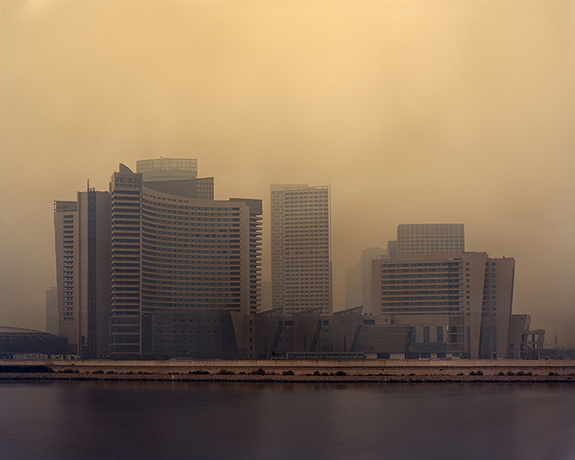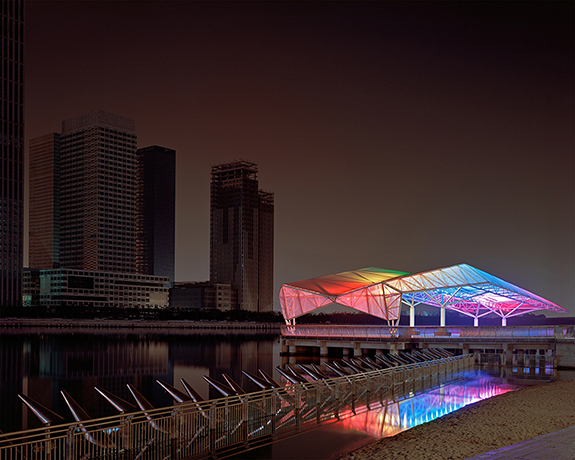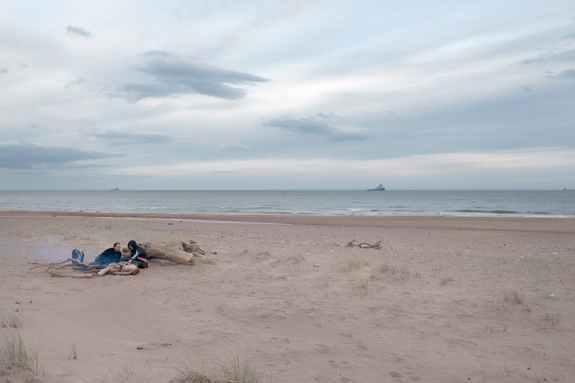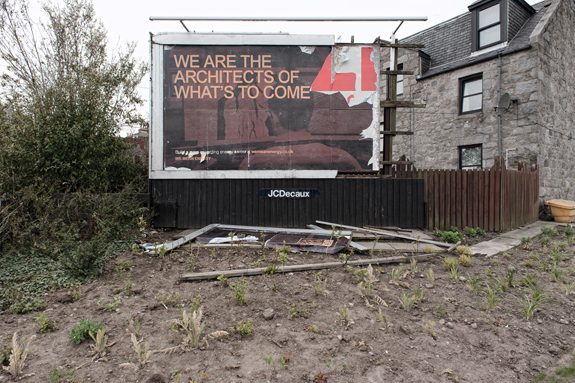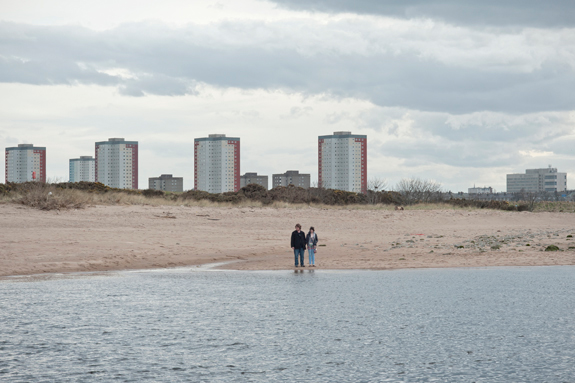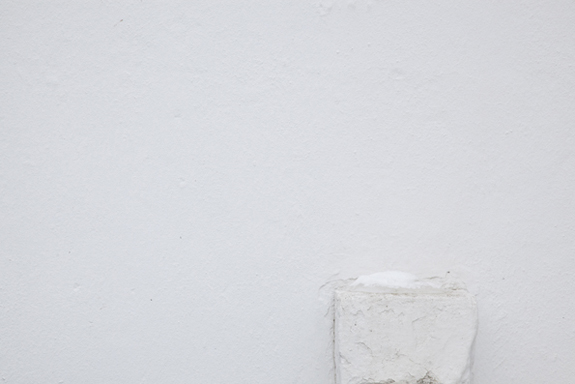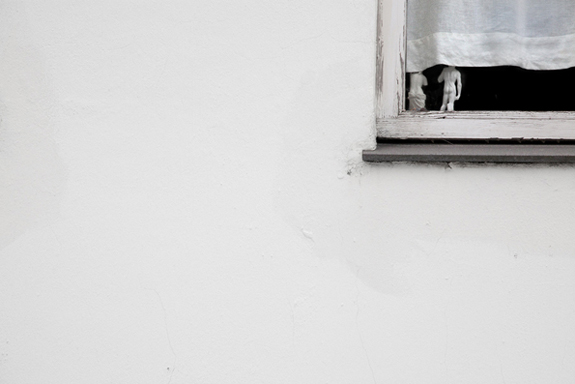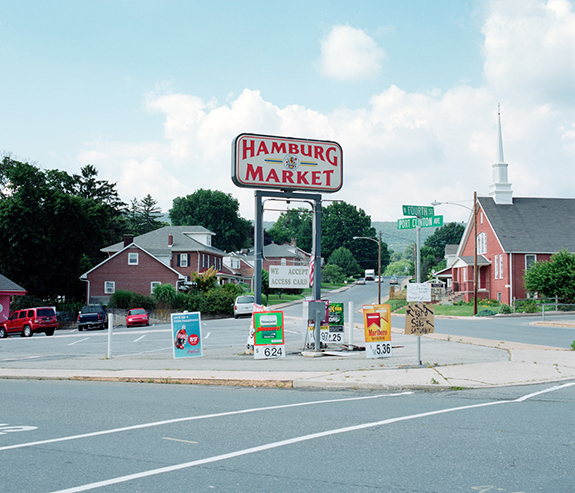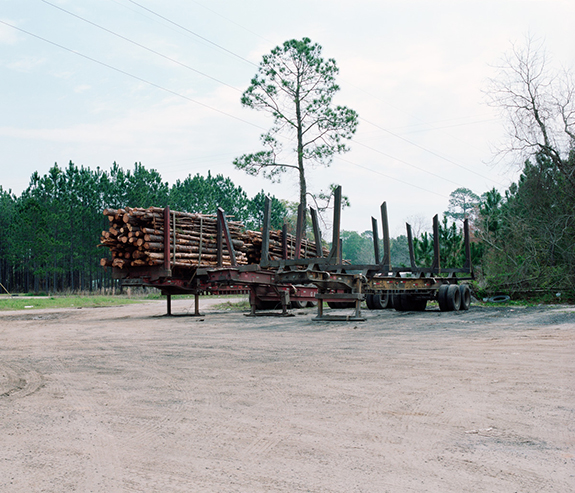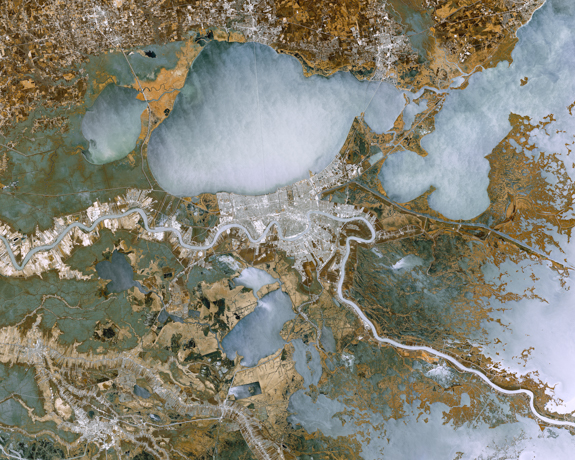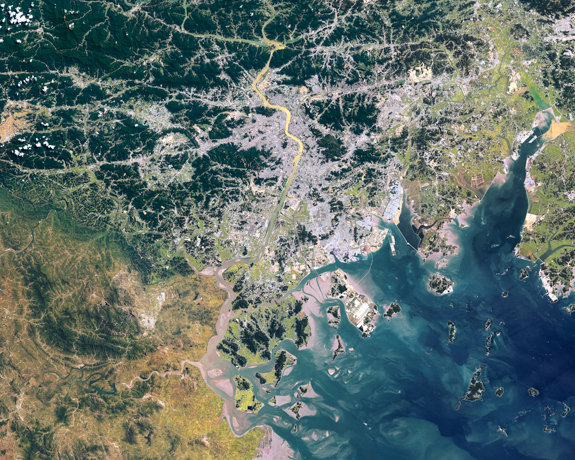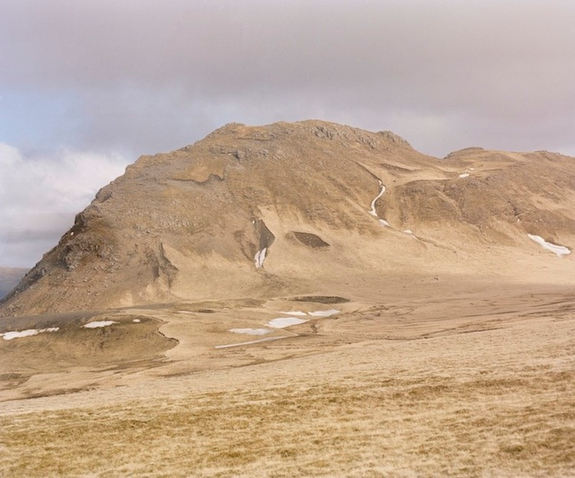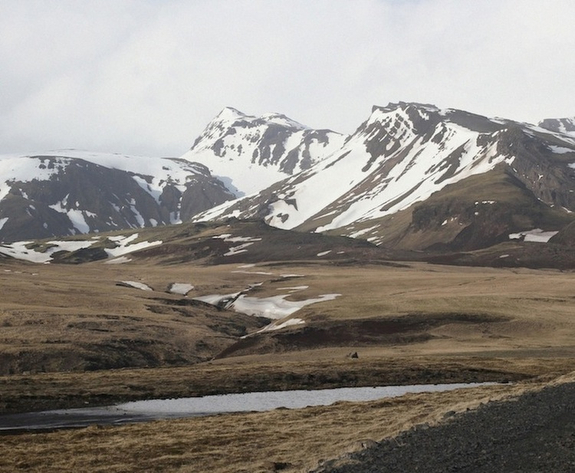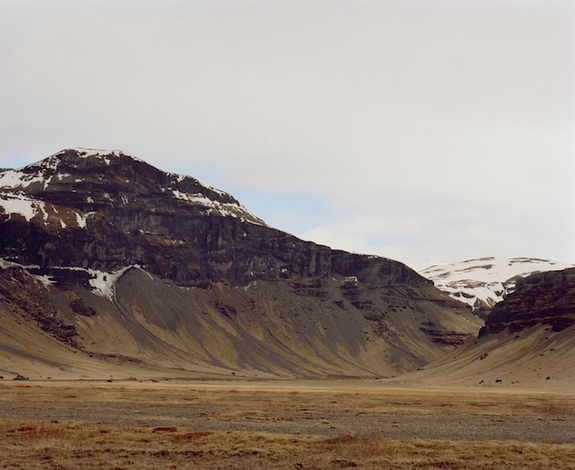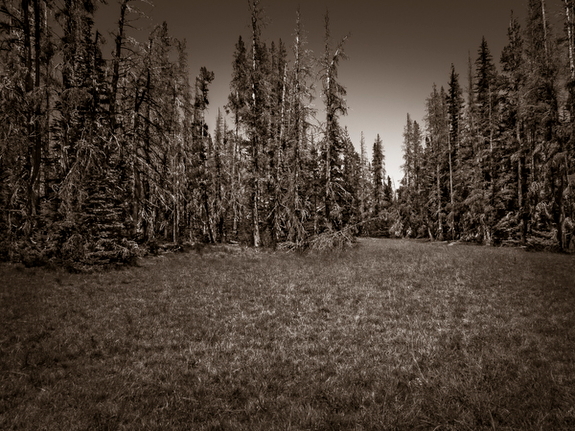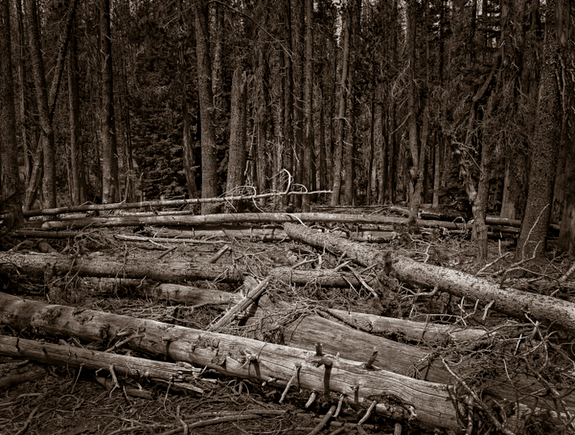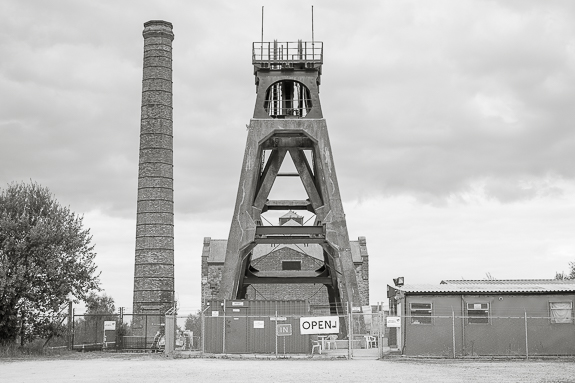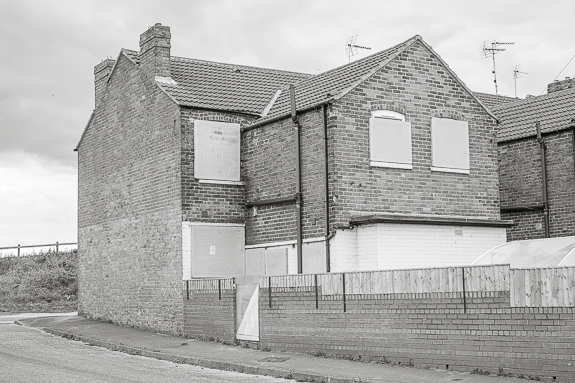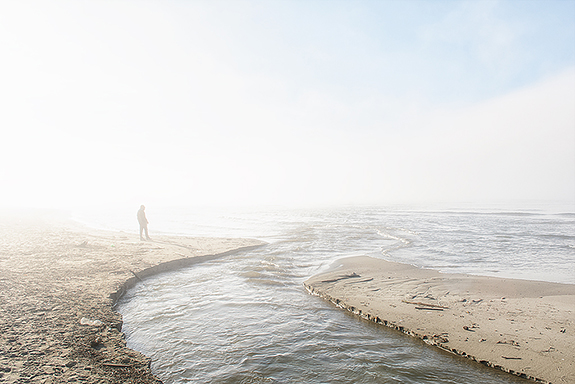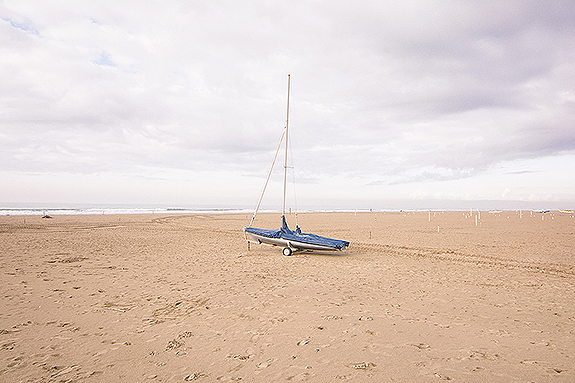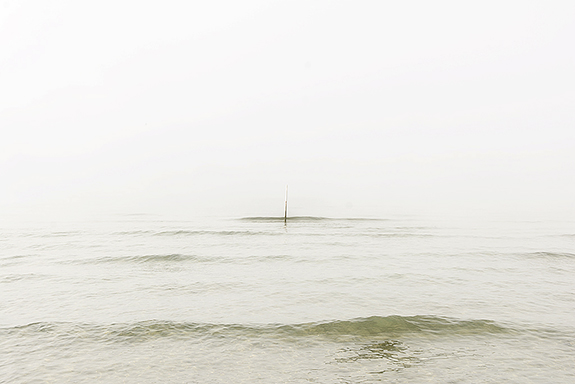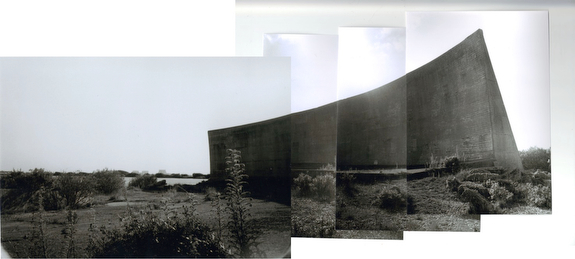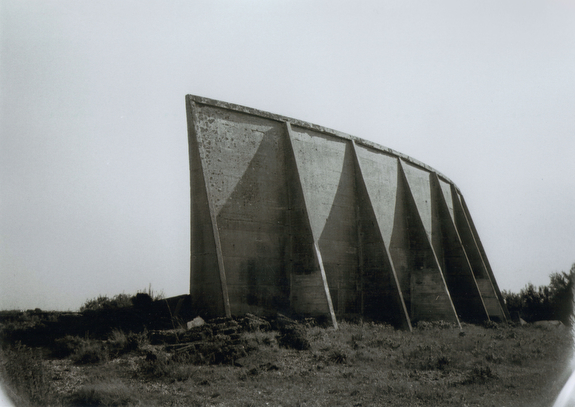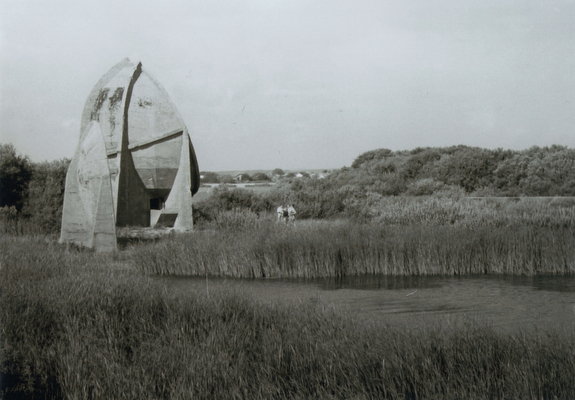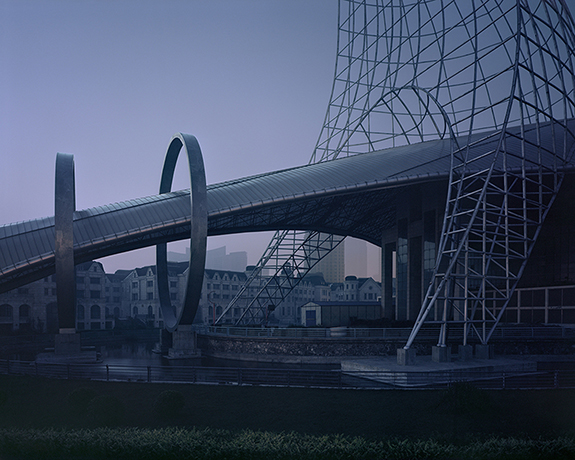
Unborn Cities is a body of work that explores the architectural structures and physical growth of new cities located in inner-mainland China. Unlike many Western cities that begin as small developments and grow in accordance to the local industries, gathering community and history as they age, these areas are built to the point of near completion before introducing people. Because of this, there is an interim period between the final phases of development and when the areas become noticeably populated, during which many of the buildings stand empty, waiting. During this phase of development, sensationalist Western media often describes these areas as defunct “ghost cities,” which fails to recognize that they are built on an urban model, timeline, and scale that is unprecedented in speculation and simply unfamiliar to the methods of Western urbanization. Using large-scale photographs that look at the architecture and sites of development within these cities and “new areas,” I emphasize both the vast growth and physical scale of these spaces, making enigmatic images that reflect the shifted sense of reality felt in a city that has yet to be inhabited by the people it was built for; a city without a city (有城⽆市) that, at present, seems more like an architectural model than a place for living.
— Kai M. Caemmerer, Chicago, Illinois, USA
